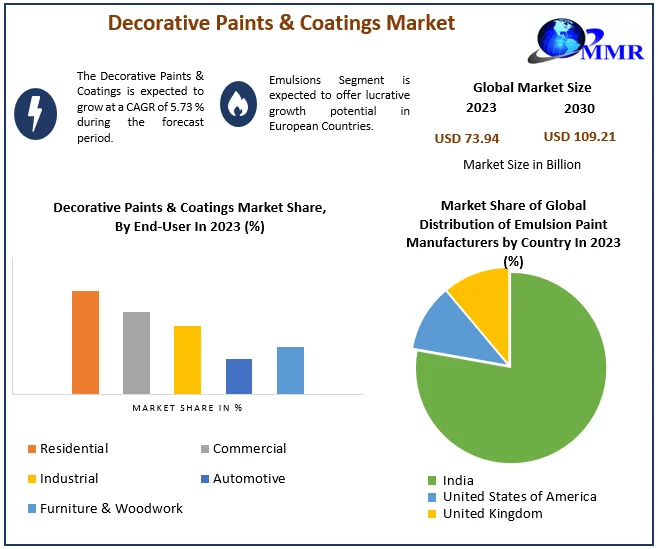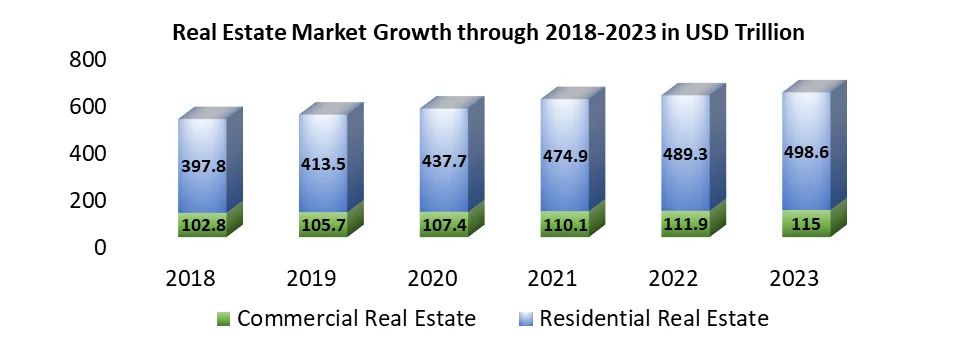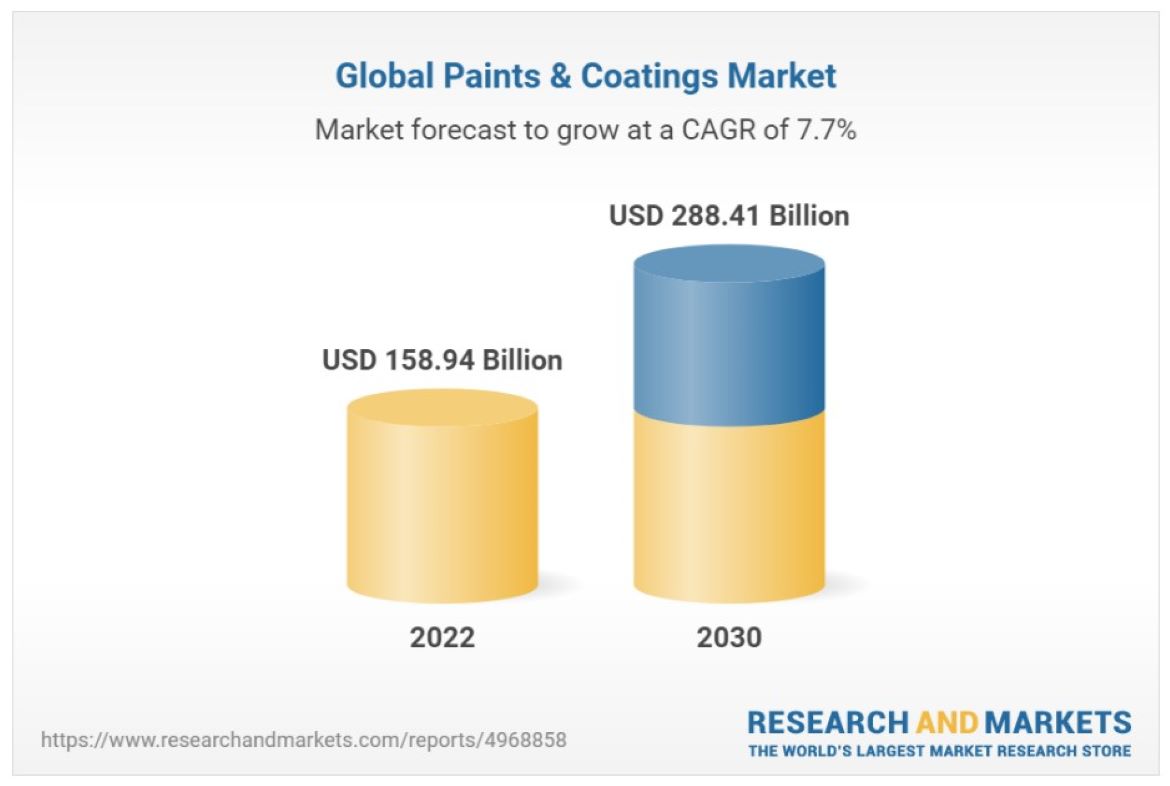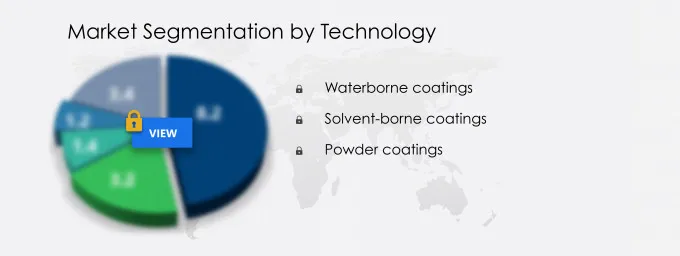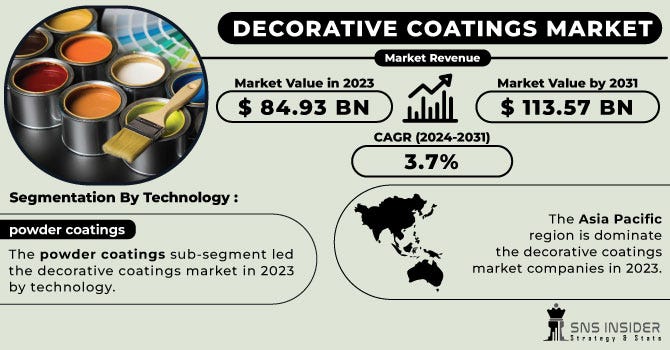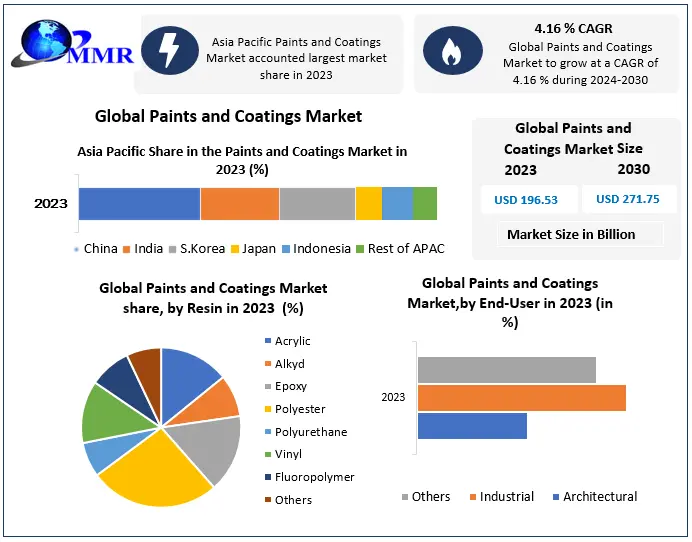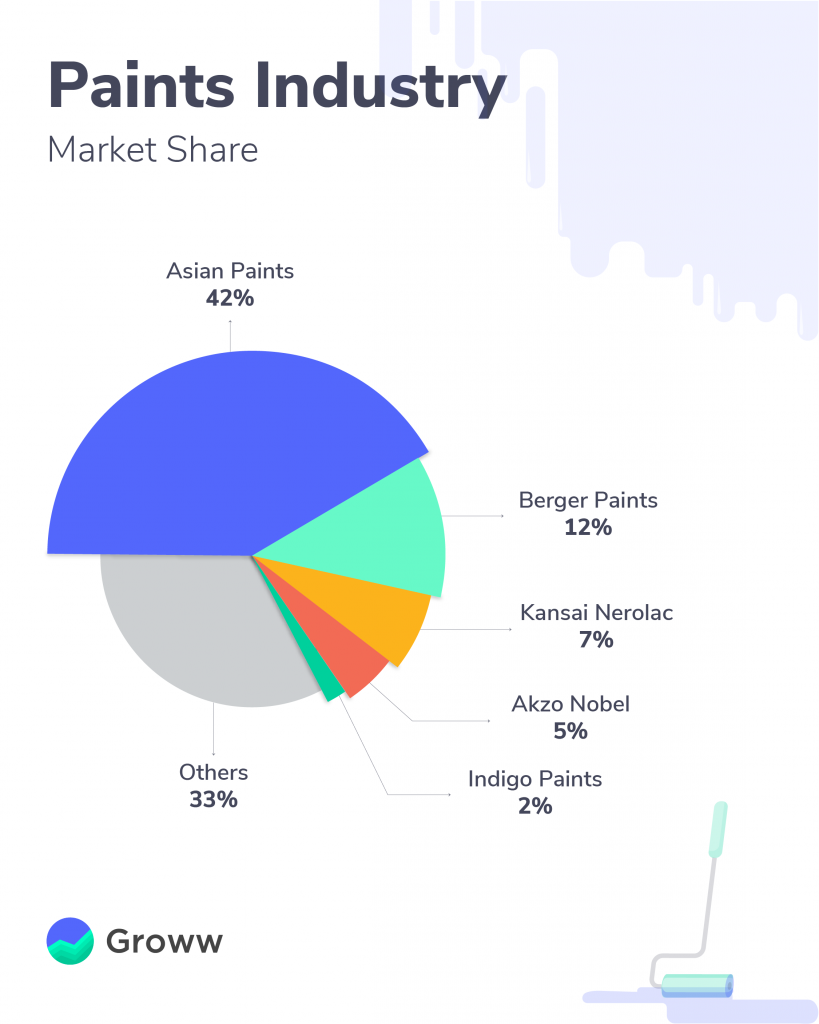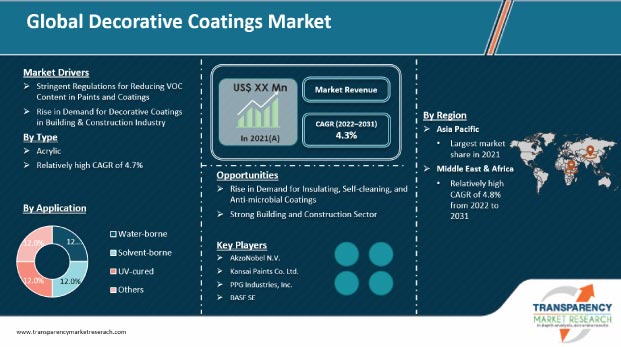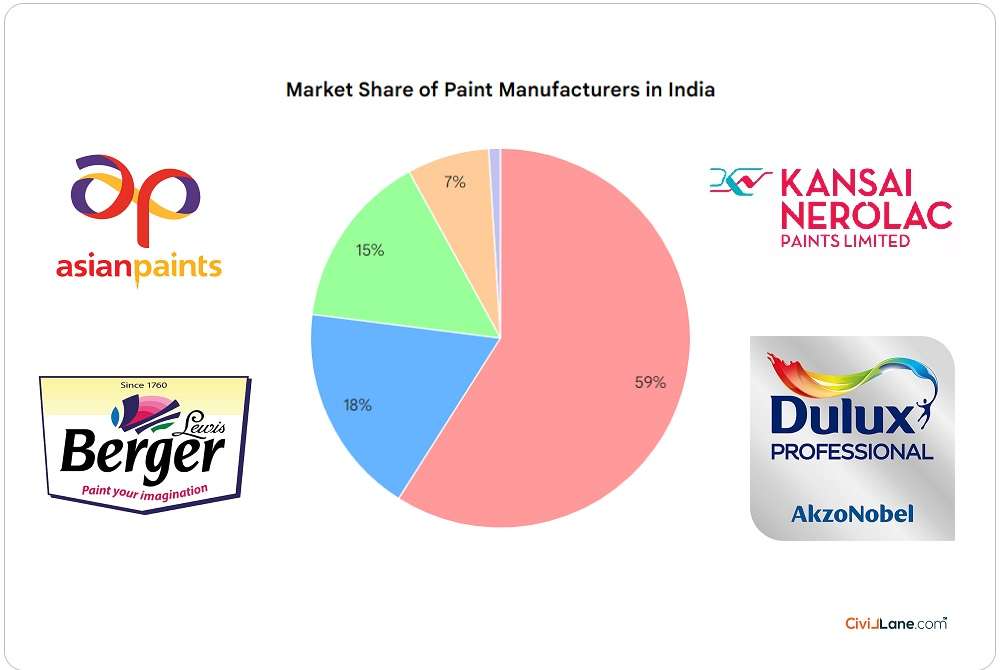Market Analysis Of San Marco In Decorative Paint Industry

The decorative paint industry, a sector often overlooked in broader economic analyses, is undergoing a subtle yet significant transformation. Changes in consumer preferences, environmental regulations, and technological advancements are reshaping the market landscape. Against this backdrop, the performance of San Marco Group S.p.A., a leading Italian manufacturer of decorative paints and coatings, demands closer scrutiny.
This article delves into a comprehensive market analysis of San Marco within the decorative paint industry. The aim is to provide a clear understanding of the company's current position, challenges, opportunities, and future prospects. This will involve examining key market trends, competitive forces, technological impacts, and regulatory factors that are directly influencing San Marco's operations and strategic decision-making.
Market Overview and Key Trends
The global decorative paint market is characterized by steady growth, driven by rising disposable incomes, urbanization, and a growing emphasis on aesthetics in residential and commercial spaces. According to a report by Grand View Research, the global decorative paints and coatings market size was valued at USD 75.42 billion in 2023 and is projected to grow at a CAGR of 4.9% from 2024 to 2030.
One significant trend is the increasing demand for environmentally friendly and sustainable paint products. Consumers are becoming more conscious of the volatile organic compounds (VOCs) present in traditional paints, leading to a surge in demand for water-based, low-VOC, and eco-labeled products. This shift is forcing manufacturers like San Marco to invest heavily in research and development to create and market greener alternatives.
Another noteworthy trend is the rise of digital technologies in the decorative paint industry. Online platforms are transforming the way consumers discover, select, and purchase paints. Virtual reality (VR) and augmented reality (AR) applications are also gaining traction, allowing consumers to visualize how different colors and finishes will look in their homes before making a purchase.
San Marco: A Company Profile
San Marco Group S.p.A., headquartered in Venice, Italy, is a prominent player in the decorative paint industry. The company boasts a rich history and a strong reputation for producing high-quality paints, coatings, and decorative finishes. San Marco has a strong presence in both the domestic Italian market and international markets, including Europe, the Middle East, and Asia.
San Marco's product portfolio encompasses a wide range of decorative paints for interior and exterior applications, as well as specialized coatings for specific surfaces and purposes. The company emphasizes innovation and sustainability in its product development, focusing on creating durable, aesthetically pleasing, and environmentally responsible solutions.
Competitive Landscape
The decorative paint industry is highly competitive, with a mix of large multinational corporations and smaller, regional players. Key competitors of San Marco include companies like AkzoNobel, PPG Industries, Sherwin-Williams, and Benjamin Moore. These global giants have extensive resources and established distribution networks, posing a significant challenge to San Marco's market share.
However, San Marco differentiates itself through its focus on Italian design, quality craftsmanship, and customized solutions. The company often collaborates with architects, designers, and contractors to create unique and bespoke finishes for high-end projects. This emphasis on customization and design excellence helps San Marco maintain a competitive edge in niche markets.
Challenges and Opportunities
San Marco faces several challenges in the current market environment. The rising cost of raw materials, such as pigments, resins, and solvents, is putting pressure on profit margins. Fluctuations in currency exchange rates also impact the company's profitability in international markets.
Furthermore, the increasing stringency of environmental regulations in Europe and other regions requires significant investments in research and development to comply with new standards. Adapting to the evolving demands of the digital landscape and effectively leveraging online channels is another key challenge.
Despite these challenges, San Marco has several promising opportunities for growth. The increasing demand for sustainable and eco-friendly paints presents a significant market opportunity for the company. San Marco can capitalize on this trend by further developing and marketing its range of low-VOC and water-based products.
Expanding its presence in emerging markets, particularly in Asia and the Middle East, offers another avenue for growth. These regions are experiencing rapid urbanization and construction activity, driving demand for decorative paints. San Marco can leverage its brand reputation and product quality to gain market share in these fast-growing markets.
Technological Impacts
Technological advancements are transforming the decorative paint industry in several ways. Automated paint mixing and dispensing systems are improving efficiency and reducing waste in retail stores. Advanced color matching technologies are enabling consumers to precisely replicate colors and create custom shades.
Nanotechnology is also playing an increasingly important role. Nanoparticles can be added to paints to enhance their durability, scratch resistance, and UV protection. San Marco is actively exploring the use of nanotechnology to improve the performance and functionality of its products.
The rise of e-commerce and online platforms is disrupting traditional distribution channels. Consumers are increasingly researching and purchasing paints online. San Marco needs to invest in its online presence and develop effective digital marketing strategies to reach and engage with online customers.
Regulatory Factors
The decorative paint industry is subject to a wide range of environmental and safety regulations. These regulations govern the use of VOCs, heavy metals, and other hazardous substances in paints. Compliance with these regulations is essential for companies operating in the industry.
The European Union's REACH (Registration, Evaluation, Authorisation and Restriction of Chemicals) regulation is particularly relevant to San Marco. REACH requires companies to register and assess the risks associated with chemicals used in their products. San Marco must ensure that its products comply with REACH requirements to maintain access to the European market.
Ecolabel certifications, such as the EU Ecolabel, are also becoming increasingly important. These certifications demonstrate that a product meets stringent environmental standards. Obtaining ecolabel certifications can help San Marco differentiate its products and appeal to environmentally conscious consumers.
Future Outlook and Strategic Implications
The future of the decorative paint industry looks promising, with continued growth expected in both developed and emerging markets. The demand for sustainable and eco-friendly paints is likely to increase further. Technological advancements will continue to reshape the industry, creating new opportunities for innovation and differentiation.
For San Marco, the key to success lies in embracing sustainability, investing in innovation, and adapting to the digital landscape. The company should continue to develop and market its range of low-VOC and water-based products. Expanding its presence in emerging markets and strengthening its online presence are also crucial strategic priorities.
By focusing on these key areas, San Marco can maintain its competitive edge and capitalize on the growth opportunities in the decorative paint industry. The company's commitment to Italian design, quality craftsmanship, and customized solutions will also continue to be important differentiators in the marketplace.
